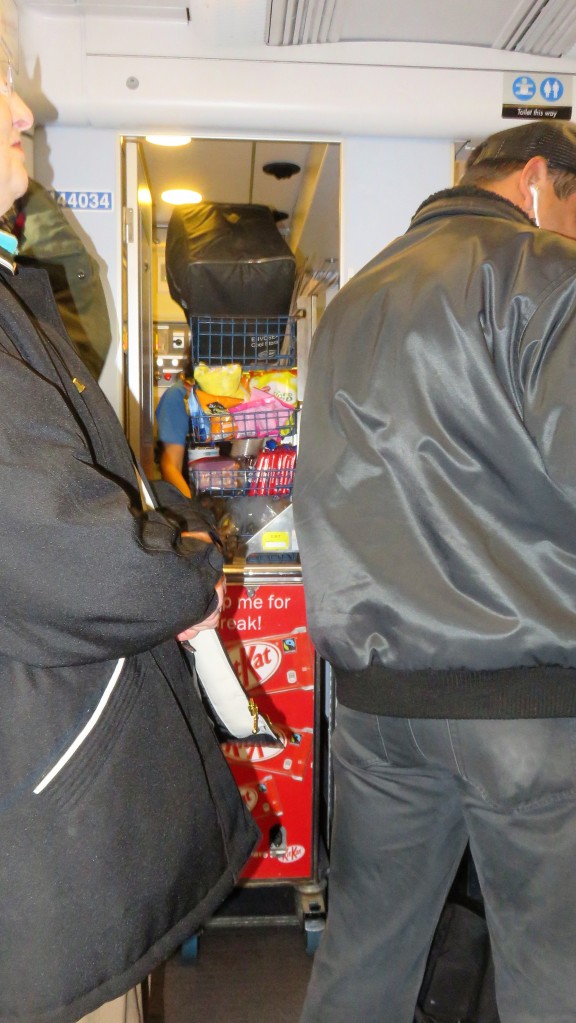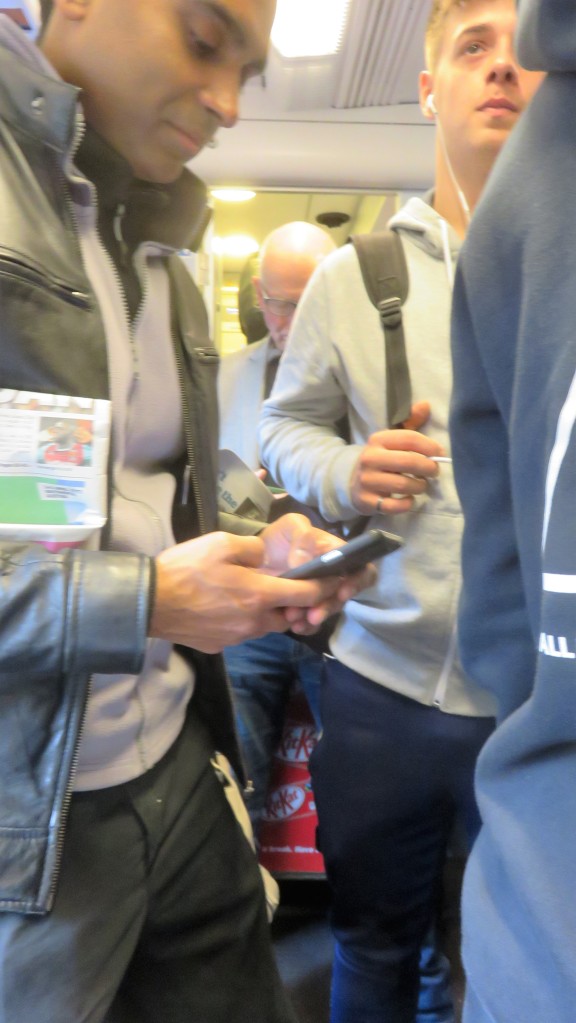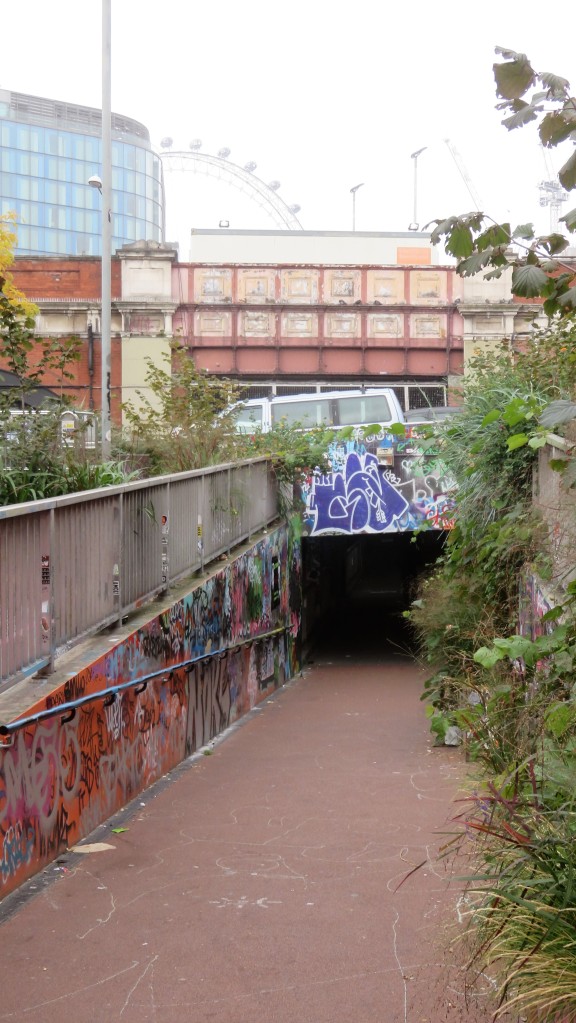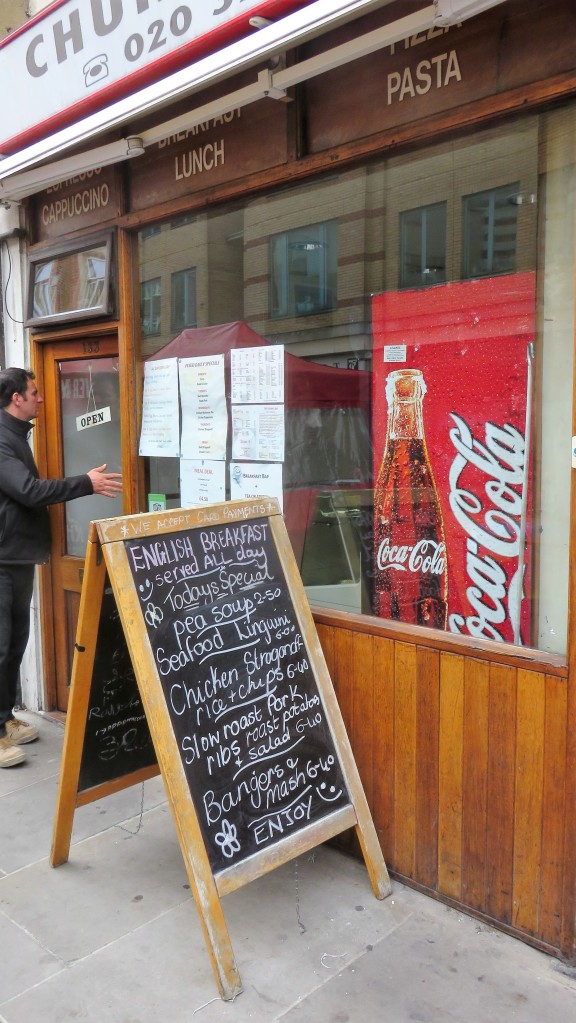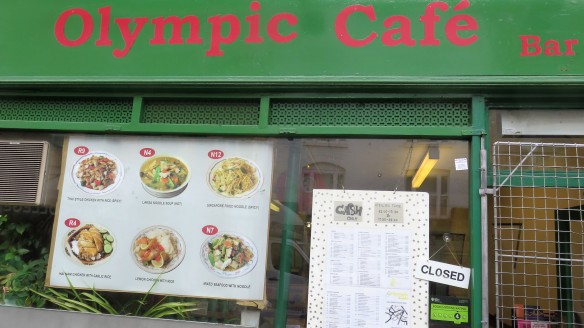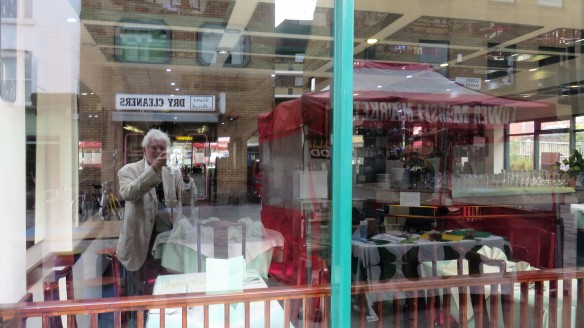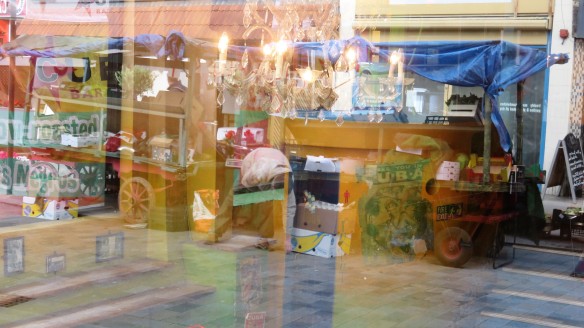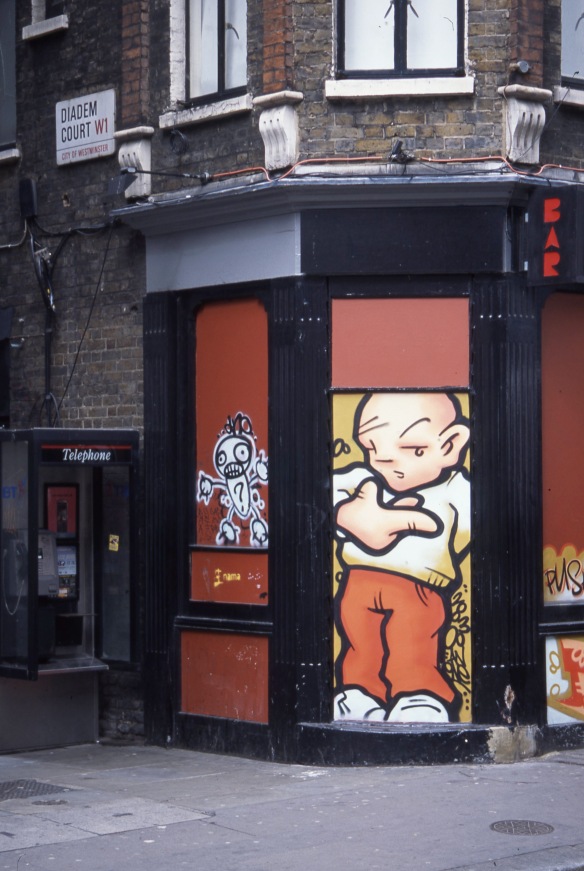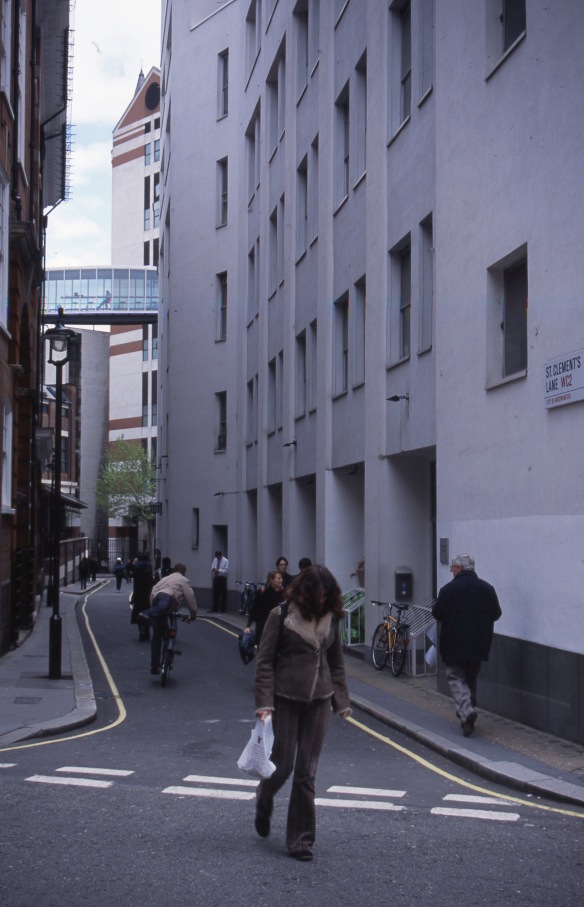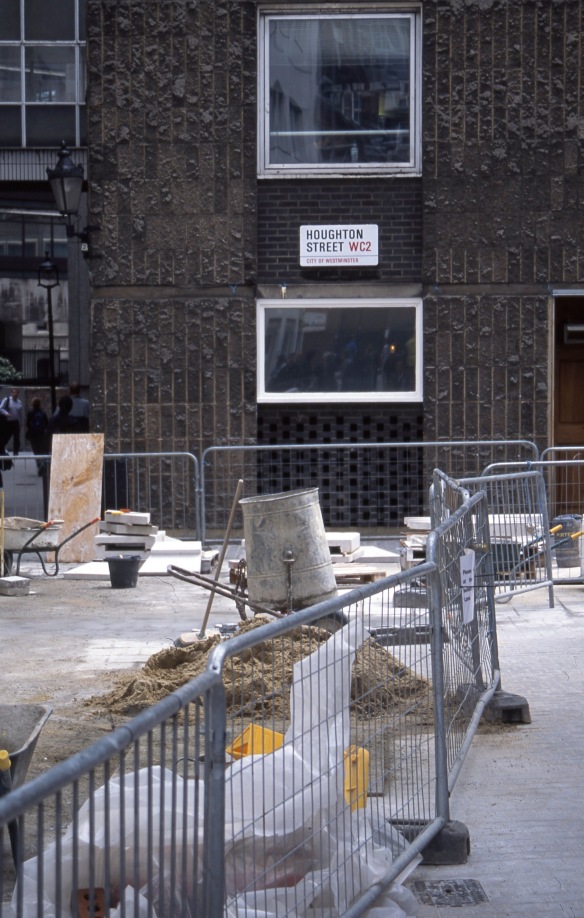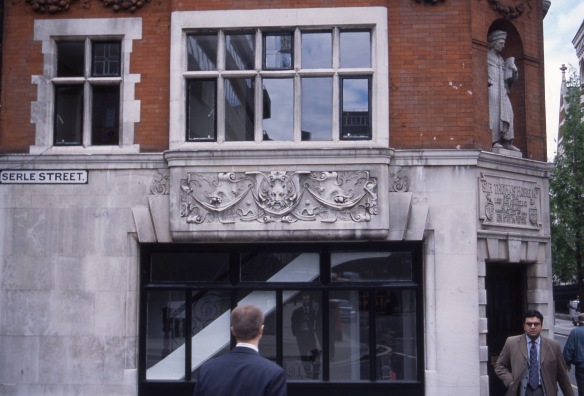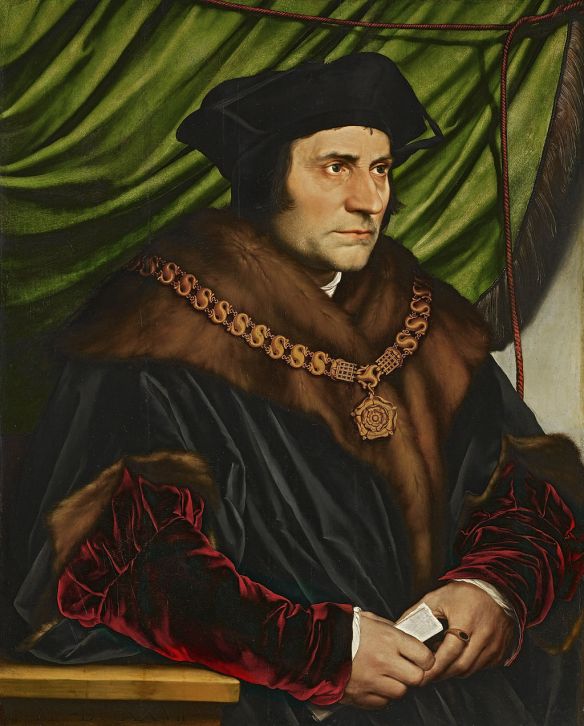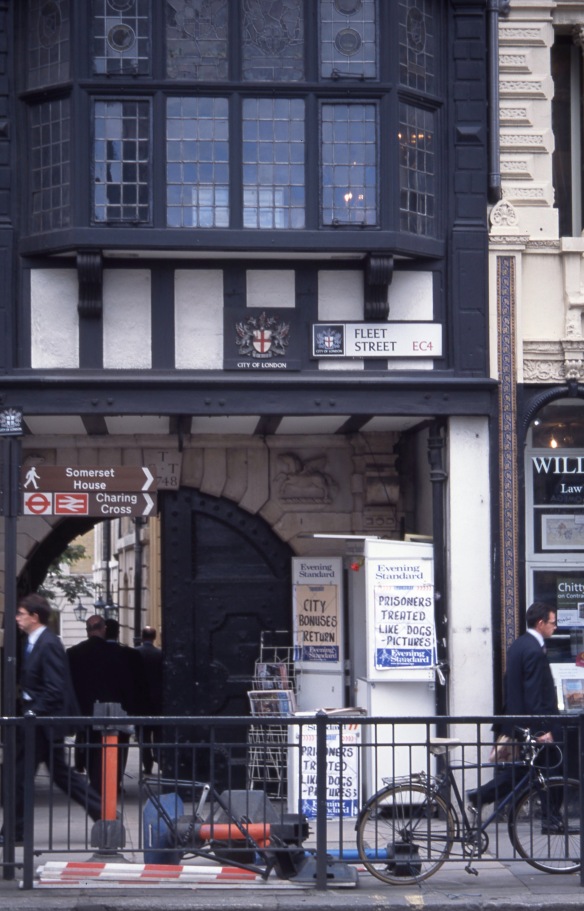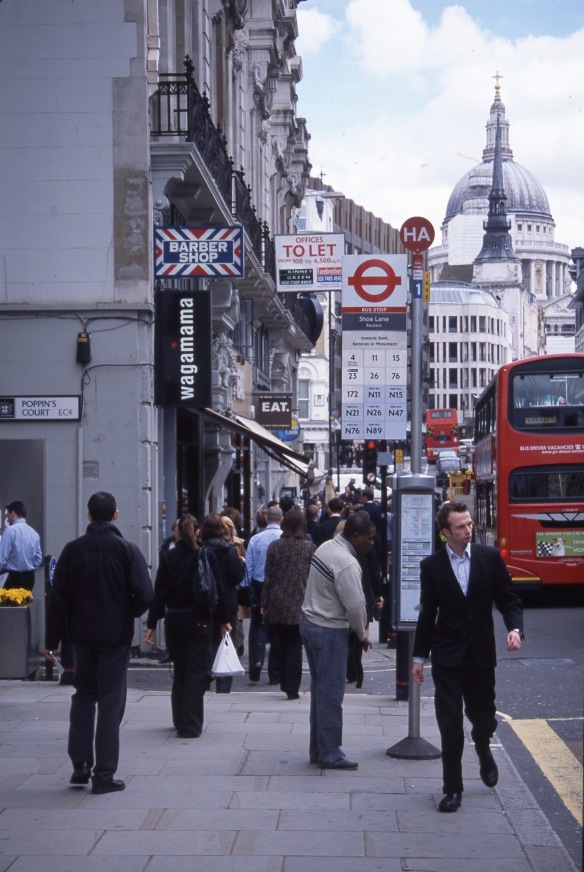CLICK ON IMAGES TO ENLARGE. REPEAT IF REQUIRED.
Today I lunched with Norman in Waterloo’s Lower Marsh. To facilitate this, Jackie drove me to New Milton station in the morning, and home from Brockenhurst this afternoon.
These trains are usually crowded, but this morning’s took the biscuit. Had you actually wanted to purchase a biscuit, or anything else for that matter, this would not have been possible, although there was an at-seat trolley on board. This rapidly became ‘a static buffet’. As we piled on board at New Milton, the young woman in charge of refreshments retreated into what cannot be described as anything other than a cubby hole. It was designed for just this purpose.
Although the announcements invited us to visit her it would have been very difficult to have fought one’s way through the assembled standing humanity. Even had this been achieved the attendant could not have pushed her charge back through the door in order to serve anyone.
The first photograph was taken fifteen minutes or so into the journey. This second about half an hour later. The bottom of the trolley is all that is visible. The young lady in charge was trapped in there all the way to Waterloo.
From the viewpoint of these images it will be apparent that I was seated. How was this possible? For ten minutes it wasn’t. I was standing with those in the pictures outside the tiny toilet cubicle. This small section of the train contained two seats, one labelled disabled. The special seat had a small table in front of it. Standing between seat and table was a little girl using the table to work her puzzle book. I asked the mother whether we could come to some arrangement whereby I could sit down. She happily gave up her own seat. Only when I suggested it did she move across to her daughter’s unused perch. By the end of the journey this mother was feeling very sick on account of the now airless nature of our conveyance.
I had agreed with Norman to check out the eating establishments in Lower Marsh so that we could try somewhere new to eat. I then met him at Cafe Nero in The Cut, and led him back to
our favoured choice.
I had entered Lower Marsh from the Taxi Approach road beside a graffiti adorned tunnel leading back under the station approach. The London Eye is visible in the background.
Other dining possibilities included cafe’s such as this one with an inviting menu board;
or the Olympic with a bar;
a Thai restaurant in the window of which I took a couple of selfies with one shot;
and a Cuban,
the windows of which offered intriguing reflective collages, tented food stalls across the road, and the juxtaposition of an exotic dancer with the Virgin Mary.
La Barca was rather upmarket for Lower Marsh. The ambience was plush, the service attentive, and the food excellent. Norman and I both chose superb broccoli soup and succulent duck in orange sauce, with roast potatoes and crisp vegetables. We shared a bottle of the house montepulciano d’Abruzzo.
Needless to say, I required no further sustenance this evening.
